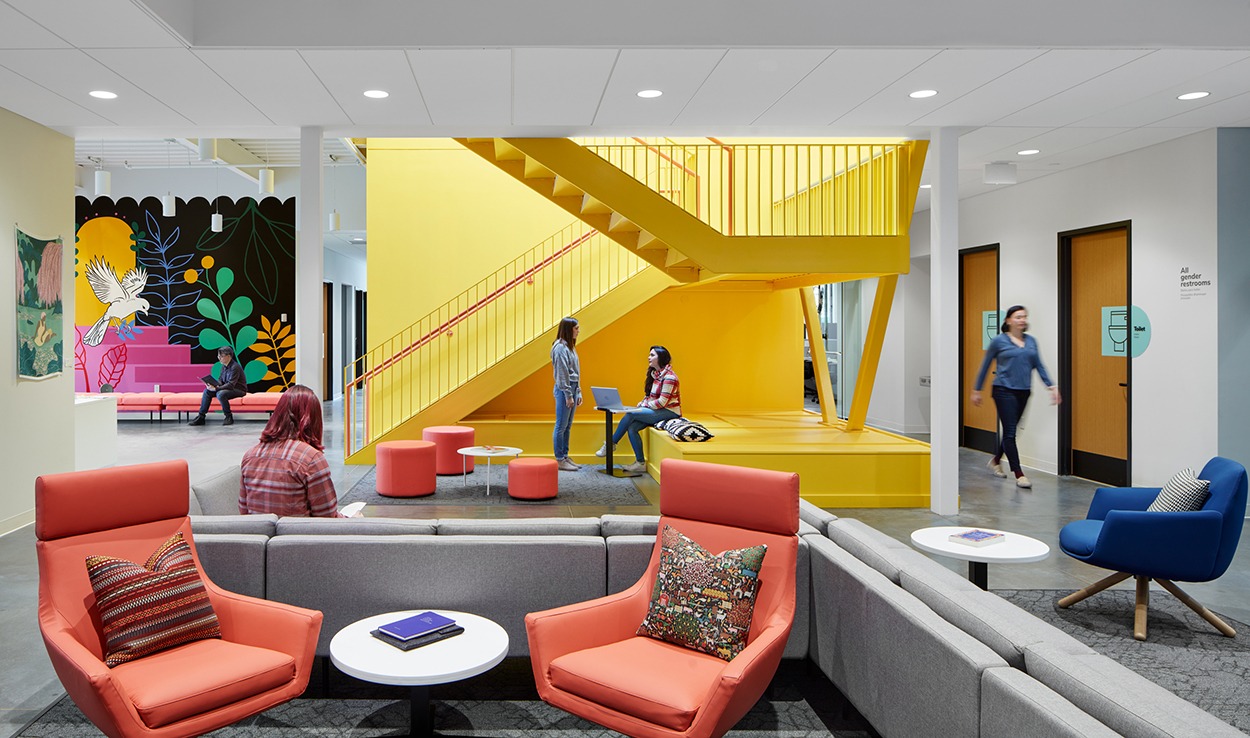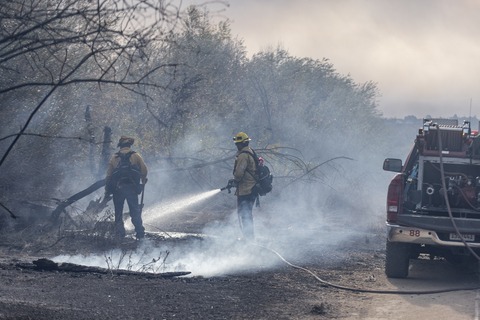Did you know that 8 out 0f 10 nurses face violence in the healthcare workplace?
Because of this, healthcare workers are more than four times more likely to be hurt by violence in their workplace--more than all other industries combined. And only 20-60% of violent incidents are actually accounted for.
It's a shame that those who are dedicated to taking care of others face such behavior from patients. their family members, co-workers, and even angry members of the public. Violent behavior includes things like yelling, grabbing, biting, spitting, and throwing stuff.
It's a huge problem -- partly because it's an accepted part of the job.
What Is Being Done About It?
Gun violence also occurs in the healthcare workplace. This past February, a gunman entered the intensive care unit of UPMC Memorial Hospital in York, Pa., and took staff members hostage. A police officer died and several others, including hospital staff, were injured.
Hospital administrators across the U.S. are implementing a variety of strategies to combat workplace violence and enhance safety for staff, patients, and visitors, including:
- Increased security presence
- Metal detectors and screening
- Access control and badging
- Violence prevention programs and staff training/preparedness
- Expanding mental and behavioral health resources
- Improving workplace culture and support systems
Designing to Reduce Violence in the Healthcare Workplace
The design of the physical environment also plays a critical role in preventing violence against nurses. Thoughtful design can help decrease stress, improve visibility, limit access to weapons, and provide escape routes when necessary.
Here are 8 key ways the design of the physical environment of healthcare can help reduce violence:
- Improved visibility and open sight lines that allow staff toe monitor patient behavior and recognize escalating situations before they become violent.
- Controlled access and secure entry points to prevent unauthorized individuals from entering restricted areas.
- Safe rooms and panic buttons to provide immediate protection for nurses if they need to remove themselves from a dangerous situation.
- De-escalation spaces and calming environments to help agitated patients regulate emotions, reducing outbursts.
- Ergonomic and safe nurse workstations to allow staff to quickly respont to potential threats.
- Weapon-resistant design and safe materials to prevent patients or visitors from using objects in the environment as weapons.
- Designated crisis response areas for handling patients with a history of aggression.
- Safety training so that staff members know how to use safety design features effectively.
Where Do We Go From Here?
We live in an increasingly violent, angry society -- driven by such things as increased stress and mental health issues, breakdown of community and family structures, exposure to violence in media and society, and political and social polarization.
That's why the problem of violence in the healthcare workplace isn't going away. But maybe with careful strategies paired with thoughtful design, it can be reduced. What do you think?
More on Healthcare Workplace Violence
For more on this issue, check out these articles:
"How the Hidden Epidemic of Violence Against Nurses Affects Health Care," The Conversation, March 4, 2025.
"UPMC Hospital Shooting Puts Focus on Violence Health Care Workers See 'at an IncreasedRate'," Pittsburgh Post Gazette, March 20, 2025.
P.S. Please do me a favor -- if you liked this post and like this blog, please share it with others by sending them the link or posting it on your LinkedIn, X, or Facebook. Also, don't forget to subscribe, so you'll get emails when new content is posted. Thanks!
Photo: ID 266667081 | Stressed Nurses © Yuri Arcurs | Dreamstime.com






